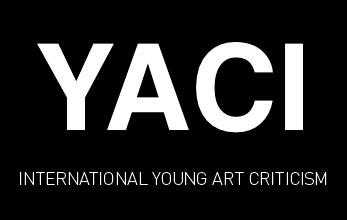ART AS A TOTALITY
“Being an artist meant having the immense freedom to work with anything or nothing”
Marina Abramovic
I have always experienced art as a totality, as a multitude of languages that invest you, shake you, excite you, enervate you and, why not, sometimes even disappoint you.
Art is something that gets under your skin, that does not always need to be explained or clarified, but is simply the way it is, the way those who created it decided to present it to the world. As Hans Ulrich Obrist argues, art is the possibility of change, empathy and the courage to express oneself. The artistic gesture is a means of communication, the simplest form of universal language capable of reaching everyone.
Through art, ideas can be expressed, revolutions can be created, attention can be focused on tiny or huge details, all from objective and subjective points of view. I have always believed that, beyond certain objective and absolute principles in the art system, everyone can interpret art as they wish and find something more or less close to their own sensitivity and experience, a distant memory, a recent emotion.
All this without fear of misinterpreting the artist’s message; art is free and so are the feelings and emotions it evokes.
Another aspect of contemporary art that Hans Ulrich Obrist emphasises in his book A che cosa serve l’arte (Marsilio, 2023) is its multiplicity of languages, capable of cultivating diversity and resisting the progressive uniformity of ways of life. I have great faith in the strength of art as a whole, as a container of different practices, and I firmly believe that its power lies in its multidisciplinary aspect.
Personally, I have always been fascinated by the use of the body to make art, by performance that uses the body and its possibilities to analyse, rethink, study or simply change the world around us. And it does so through what we all have in common, the body: a body that transforms, creates, critiques, makes us reflect, a body that is in relationship with the environment it inhabits and the audience it addresses.
Art must pool knowledge, not limit it. Every gesture, every creation, every artistic idea has its place in the world of art, a place to express itself and to develop. Paul Klee said that art does not reproduce what is visible, but makes visible what is not always visible. Art provides a space for all kinds of communication and is often the only way in which certain ideas and emotions come to light.
That is why I believe that art is necessary for life, because it is the simplest means of expression, an instinctive and natural communication. We, the audience, are not always able to fully understand what the artist wants to communicate, but I think it is good that everyone takes a piece and makes it their own, that they find in the work what they need and leave behind what they may have already found. Art should be experienced on the skin, by instinct; and as we know, instinct is never wrong.


